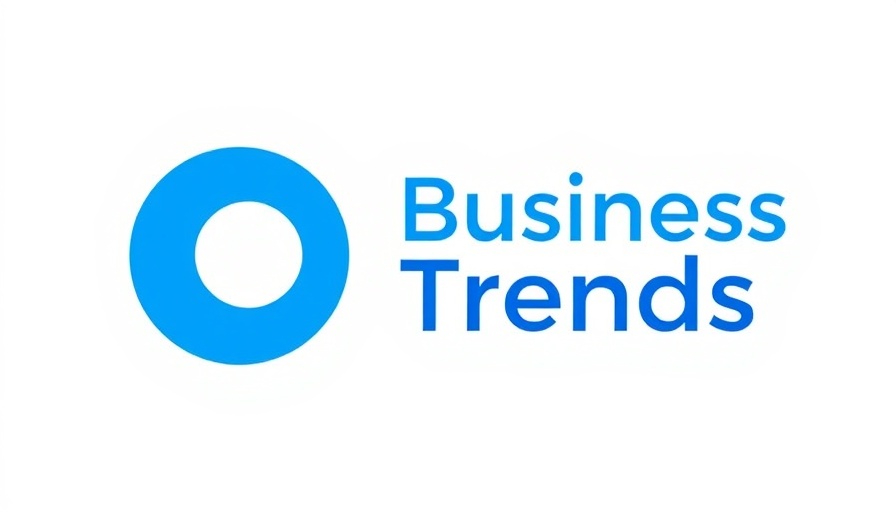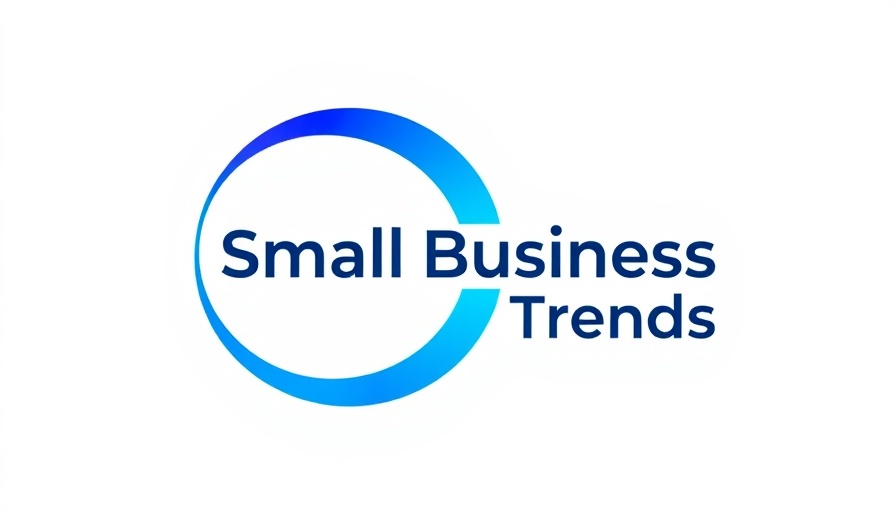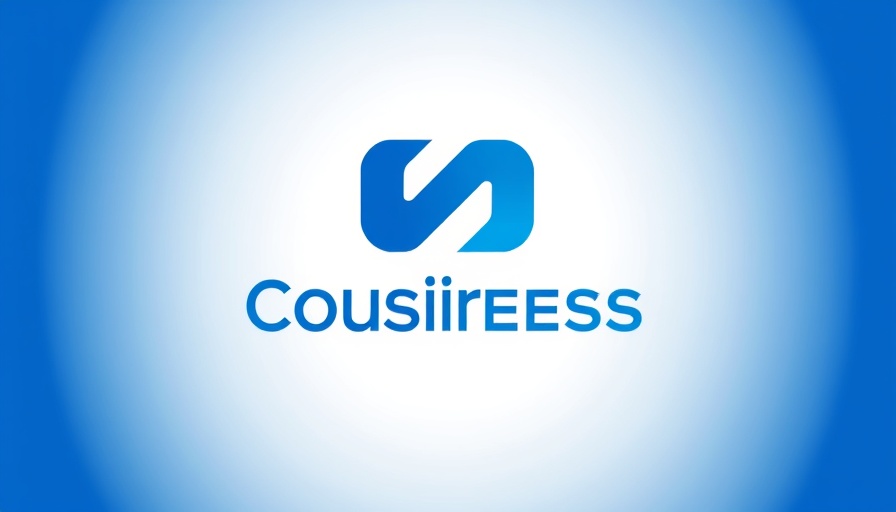
Why Establish Your Own Interior Design Business?
Transforming spaces can be deeply fulfilling, especially for those with a creative flair and a passion for aesthetics. Starting an interior design business not only allows you to express this creativity but also offers opportunities to positively impact others' lives through thoughtful design. As the demand for skilled designers grows, embarking on this journey can be both rewarding and lucrative.
Foundations for Success in Interior Design
A successful interior designer must possess a blend of creativity and technical knowledge. Mastery of design principles, color theory, and space planning are indispensable skills. A formal education in interior design lays the groundwork, fostering competencies that elevate one’s craft and enhance client satisfaction.
Building a Strong Portfolio
Your portfolio is your visual resume—it's essential for making a lasting impression on potential clients. Include high-quality images of past projects, client testimonials, and detailed descriptions of your design concepts. Creating a solid portfolio can significantly distinguish you in a competitive marketplace.
Key Steps in Launching Your Business
Success in this field involves thorough preparation and strategic planning. Consider the following steps:
- Market Understanding: Recognize the diverse needs of different clients, from residential to commercial. Conduct market research and stay abreast of emerging trends.
- Legal and Business Structure: Choose the right structure—sole proprietorship, LLC, or partnership—and ensure compliance with local regulations.
- Develop a Business Plan: Craft a clear plan outlining your services, target market, branding, marketing strategies, and financial projections.
- Choose a Niche: Specializing in a particular area, such as sustainable design or luxury interiors, can enhance your appeal and set you apart in the industry.
- Marketing Strategies: Invest time in marketing through social media platforms, professional networking, and local advertising to grow your client base effectively.
Conclusion: The Journey Ahead
The world of interior design offers an exciting array of opportunities for those who dare to pursue their passion. By implementing these foundational strategies and continuously enhancing your skills, you can build a successful and fulfilling design business.



Write A Comment